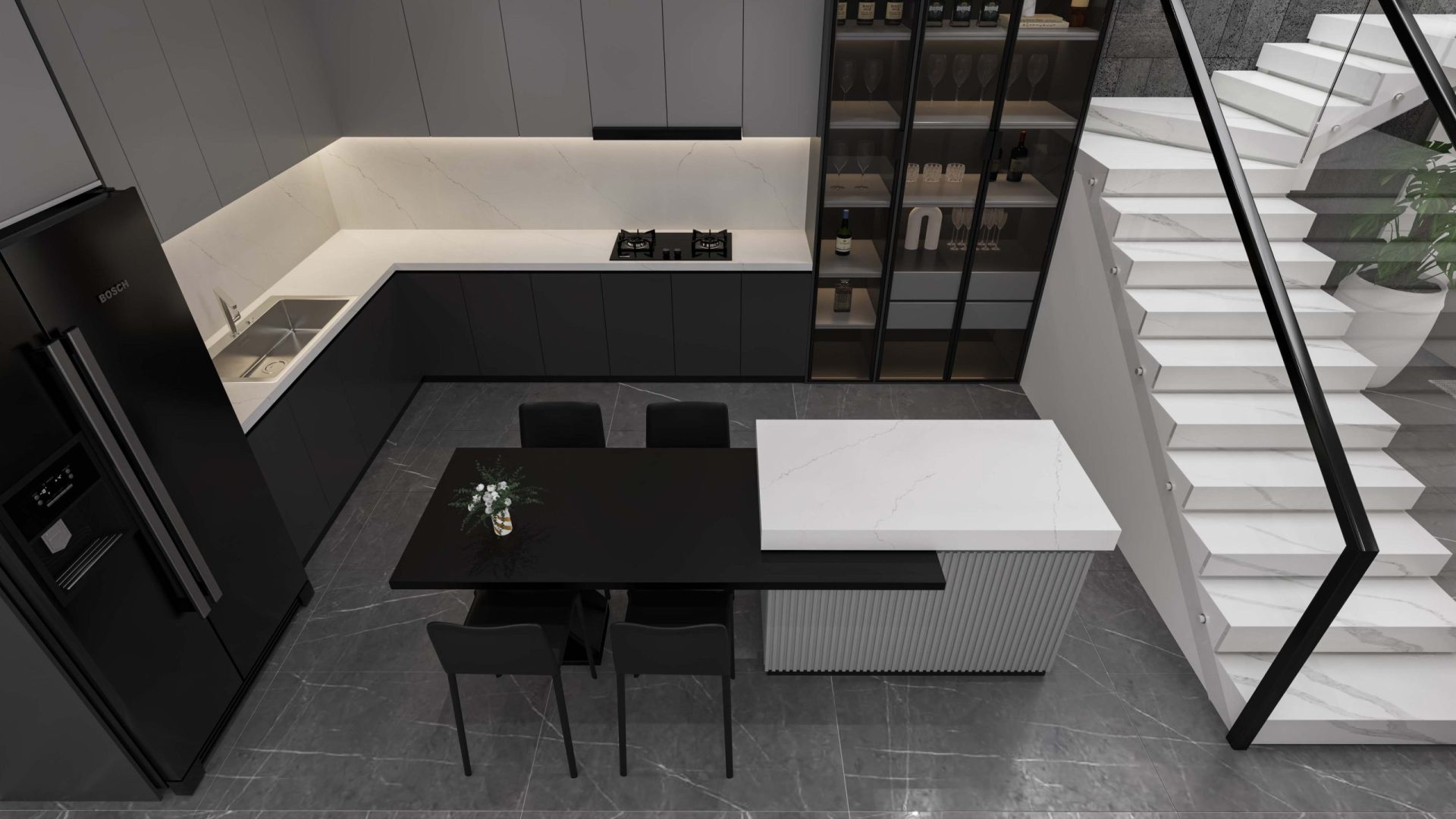When sourcing materials for countertops, backsplashes, or large-scale interior projects, consistency matters. Buyers expect that slabs will look uniform across installations, especially when purchasing in bulk. Quartz slabs are known for their reliable patterns—but did you know that no two engineered quartz slabs are ever 100% identical?
This article explains why slight variations in quartz slabs are natural, how they compare to marble, and how Lux Quartz Vietnam ensures higher consistency—especially when fulfilling large-volume orders.
- Understanding the Nature of Quartz Slabs
- Why Engineered Quartz Slabs Are Not 100% Identical?
- What Influences Quartz Slab Consistency?
- How Lux Quartz Vietnam Ensures The Consistency in Quartz Slabs
- In Summary: Predictable, Consistent, and Reliable
- Quartz vs. Marble: Adjustability Makes All the Difference
- Why Consistency Matters for Repairs and Replacements
- Partner with Lux Quartz Vietnam for Consistent Quality
Understanding the Nature of Quartz Slabs
Quartz slabs are engineered products, made by combining over 90% crushed natural quartz with resins, pigments, and other additives. This mix is then poured into molds, compacted using vibro compression under vacuum, and cured in a kiln to form large, durable slabs.
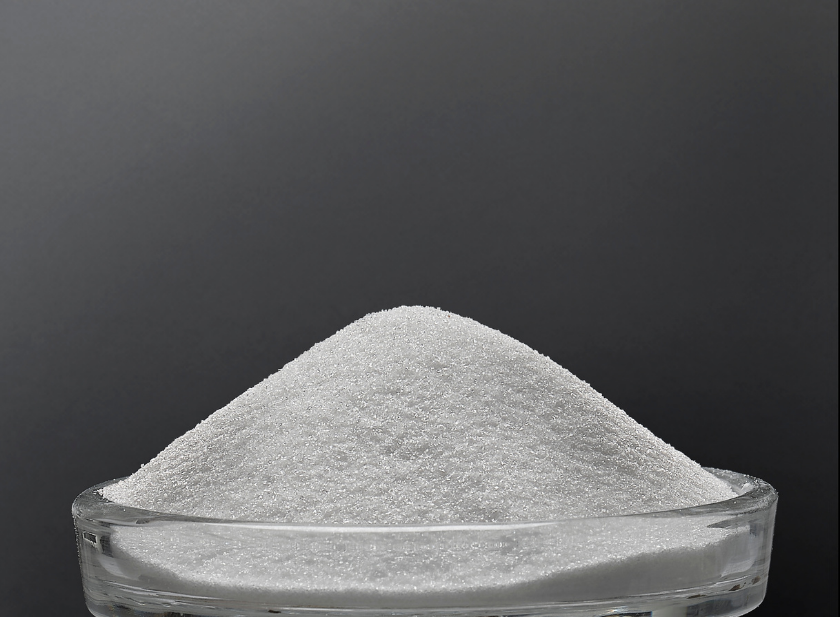
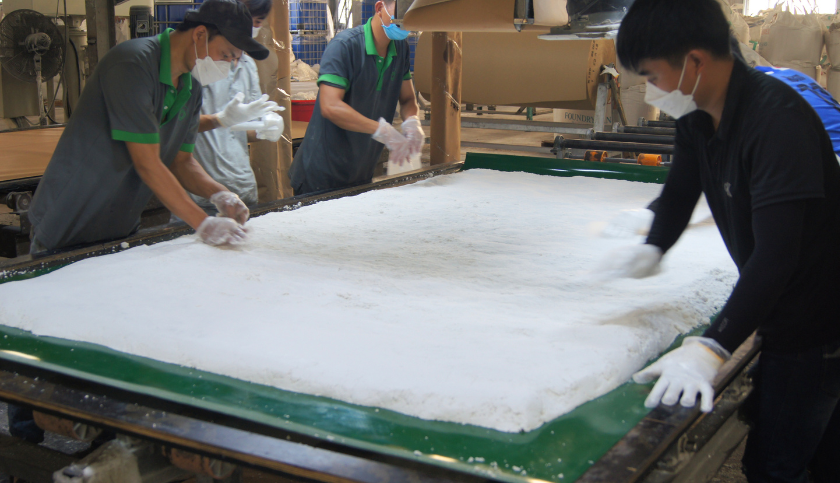
However, complete uniformity is still impossible. Even with strict quality control and high-tech production lines, variations can still occur.
Why Engineered Quartz Slabs Are Not 100% Identical?
Quartz slabs are engineered with precision, but they still begin with natural raw materials. The main reason they are not 100% identical is due to subtle differences in the crushed quartz minerals used as the base. Even though manufacturers have significant control over the production process, several natural and technical factors introduce subtle variations between slabs.
What Influences Quartz Slab Consistency?
1. Raw Material Variations
Even finely ground quartz from different sources can have slight color or transparency differences. Natural quartz crystals vary in tone, crystal shape, and mineral purity—characteristics that affect the base appearance of each slab.
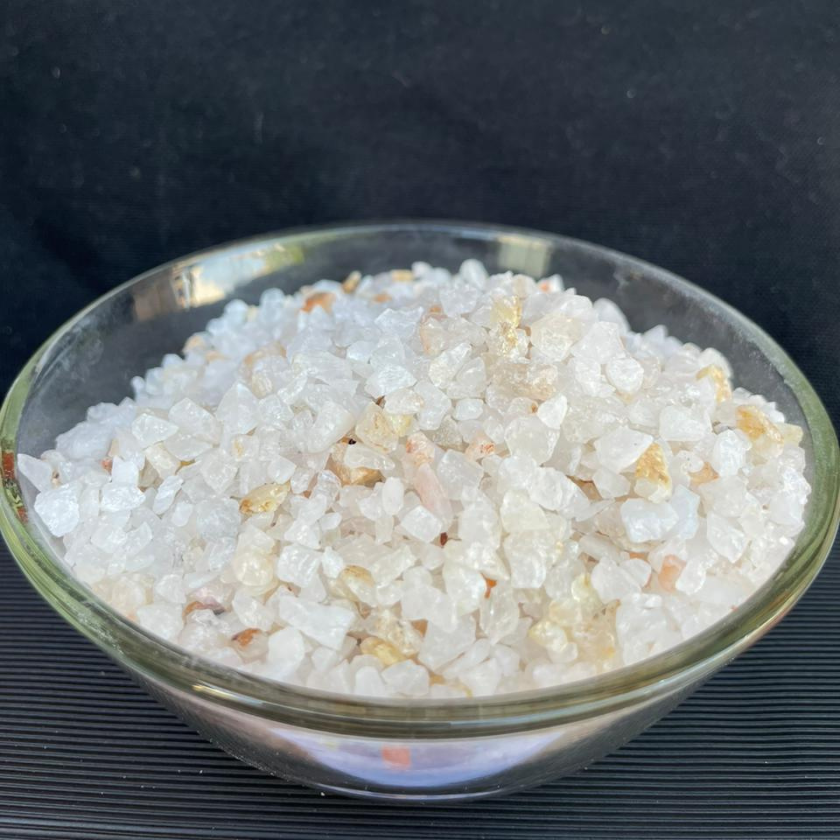
2. Vein Patterning and Artistic Pouring Techniques
In some quartz designs—especially those with flowing, natural-style —pattern creation involves directional pouring or manual guidance. These artistic steps can lead to subtle differences in vein placement, angle, or intensity from one slab to another.
However, because these designs follow predefined templates and formulas, the variation remains controlled. Manufacturers are able to maintain a high level of visual similarity, even when creative techniques are used in the production process.
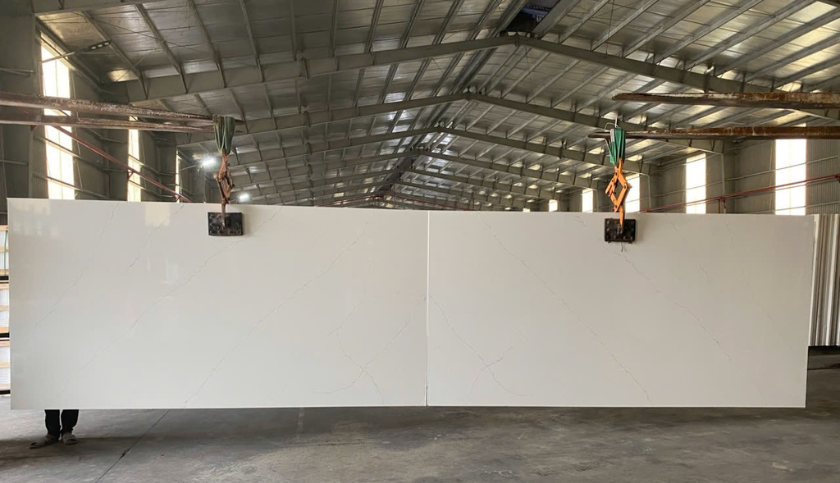
3. Production Environment Variables
Even using identical formulas, environmental factors like temperature and humidity can affect how the resin cures during the manufacturing process. Modern factories tightly control these variables, but minor fluctuations can still occur.
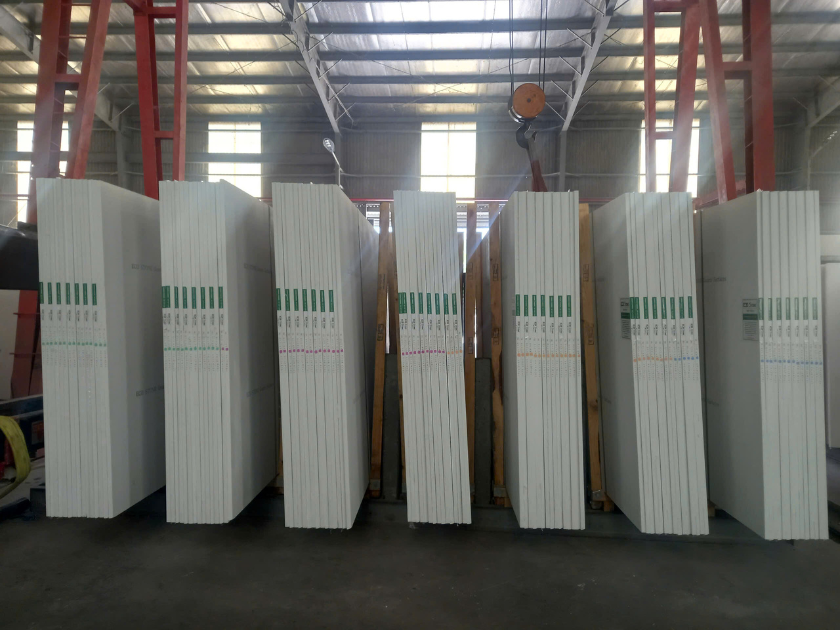
How Lux Quartz Vietnam Ensures The Consistency in Quartz Slabs
At Lux Quartz Vietnam, we understand the importance of consistency for distributors, prefab fabricators, and large developers. Here’s how we ensure that consistency at every step:
- Additives Correction: Pigments are added to balance out inconsistencies in the raw quartz and create uniform, repeatable appearances
- Controlled Resin Flow: Advanced mixing and pouring systems ensure even distribution
- Quality Monitoring: Continuous testing throughout production catches variations early
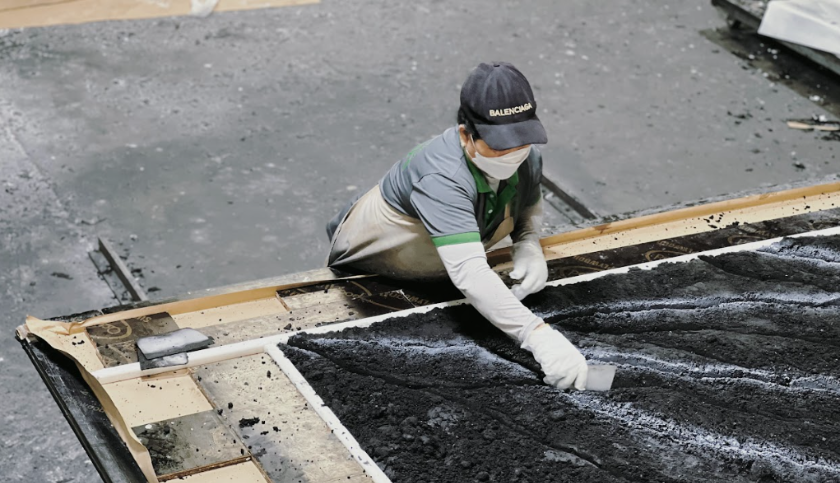
For customers who prioritize maximum consistency, Lux Quartz Vietnam offers a specialized solution: we can dedicate a full container of raw quartz materials (grits and powder) exclusively for a single order.
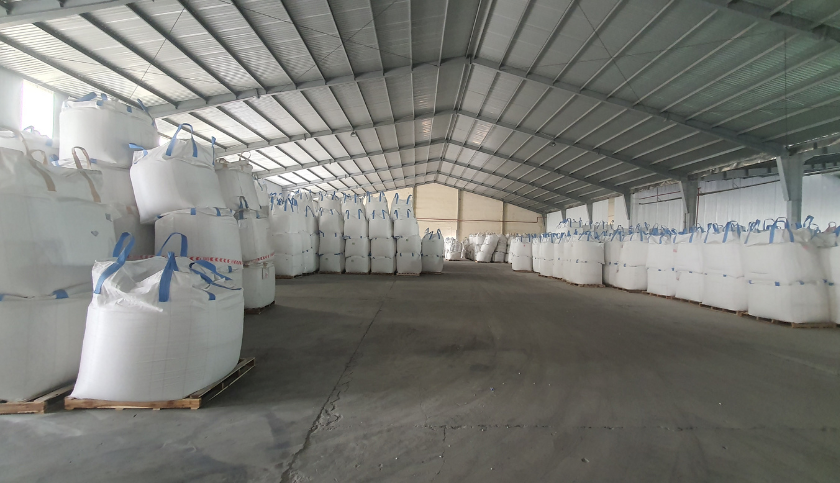
This approach ensures that slabs—even across different production days—are made with the same raw inputs, minimizing color or pattern variation. It’s ideal for prefab lines, hospitality projects, and large-scale residential developments where consistency is non-negotiable.
In Summary: Predictable, Consistent, and Reliable
Engineered quartz slabs may not be 100% identical—but they are highly controlled, repeatable products. Thanks to advanced production methods and additives correction, manufacturers can achieve excellent consistency—far beyond natural marble. That’s why quartz is a reliable choice for large-scale installations, prefab orders, and even replacements. To understand just how significant this advantage is, let’s compare quartz directly with natural marble.
Quartz vs. Marble: Adjustability Makes All the Difference
Compared to quartz, natural marble is far less consistent. Formed over millions of years, every marble slab is unique—meaning even slabs from the same quarry often differ in color, veining, and structure.

Quartz, on the other hand, is manufactured in a controlled environment, where color, pattern, and structure can be adjusted and repeated. Slabs produced in the same batch using consistent raw materials, and supported by additives correction—can achieve a high level of visual similarity.
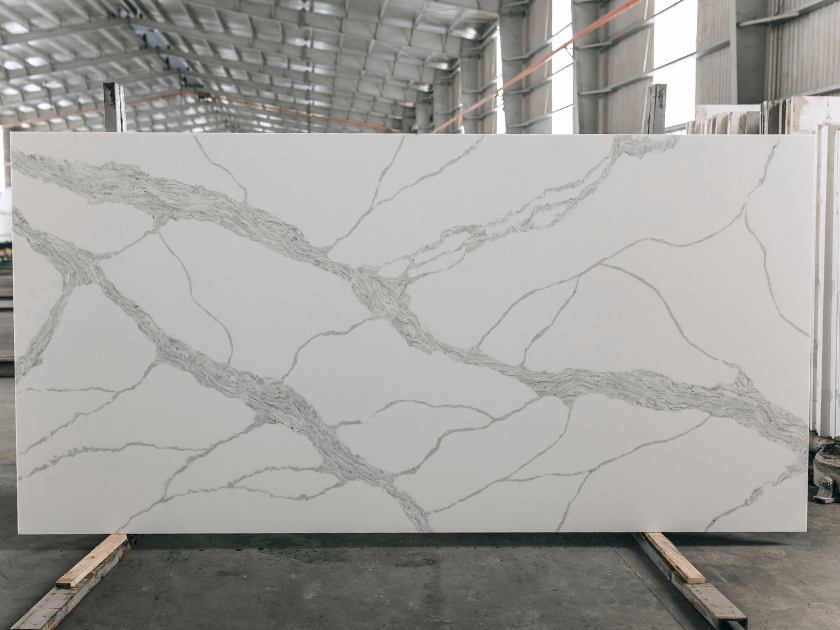
This consistency isn’t just important at the time of installation, it becomes even more valuable later on, especially for repairs and replacements.
Why Consistency Matters for Repairs and Replacements
Imagine a customer needs to replace part of their countertop a year after installation. With marble, finding a matching slab is nearly impossible. But with quartz, it’s much more achievable. While 100% identical color matching is unlikely, quartz can offer up to 95%+ similarity, especially when the same model or batch is available.
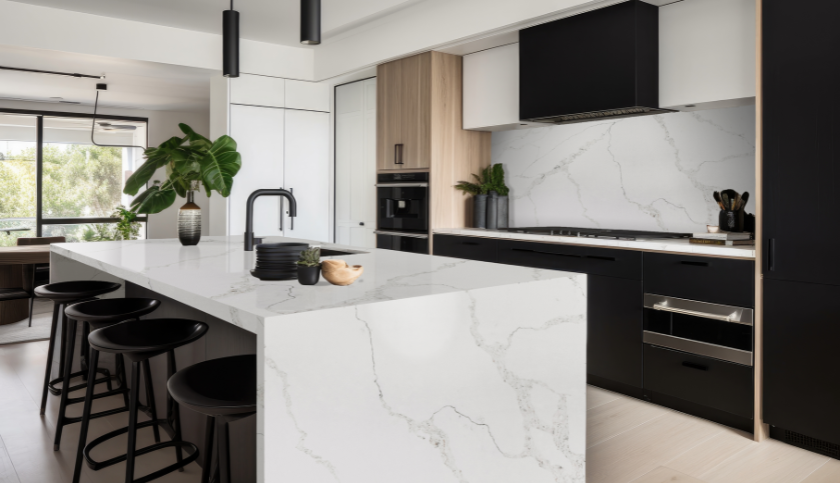
Lux Prefab Solutions: A Game-Changer for Contractors
Partner with Lux Quartz Vietnam for Consistent Quality
Looking for engineered quartz slabs with excellent consistency across every order?
Lux Quartz Vietnam is ready to support your large-scale projects with stable production, customizable solutions, and dedicated raw material sourcing.
Contact us today to discuss your needs or request a quote tailored to your market.


















